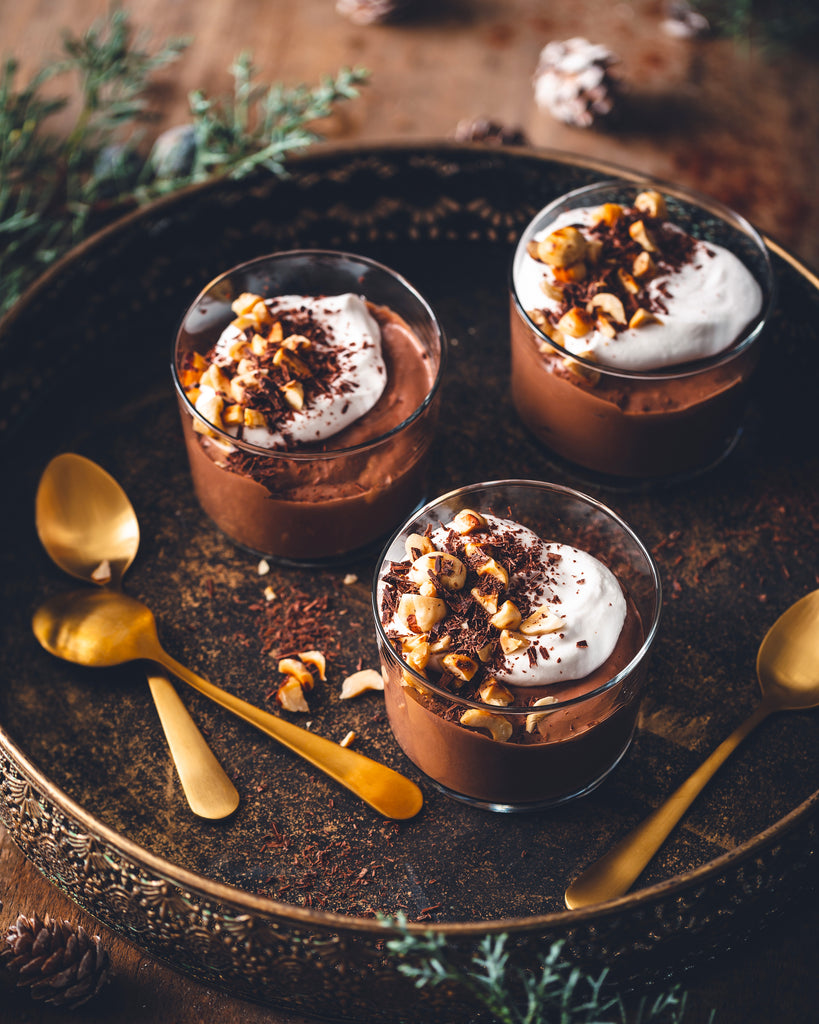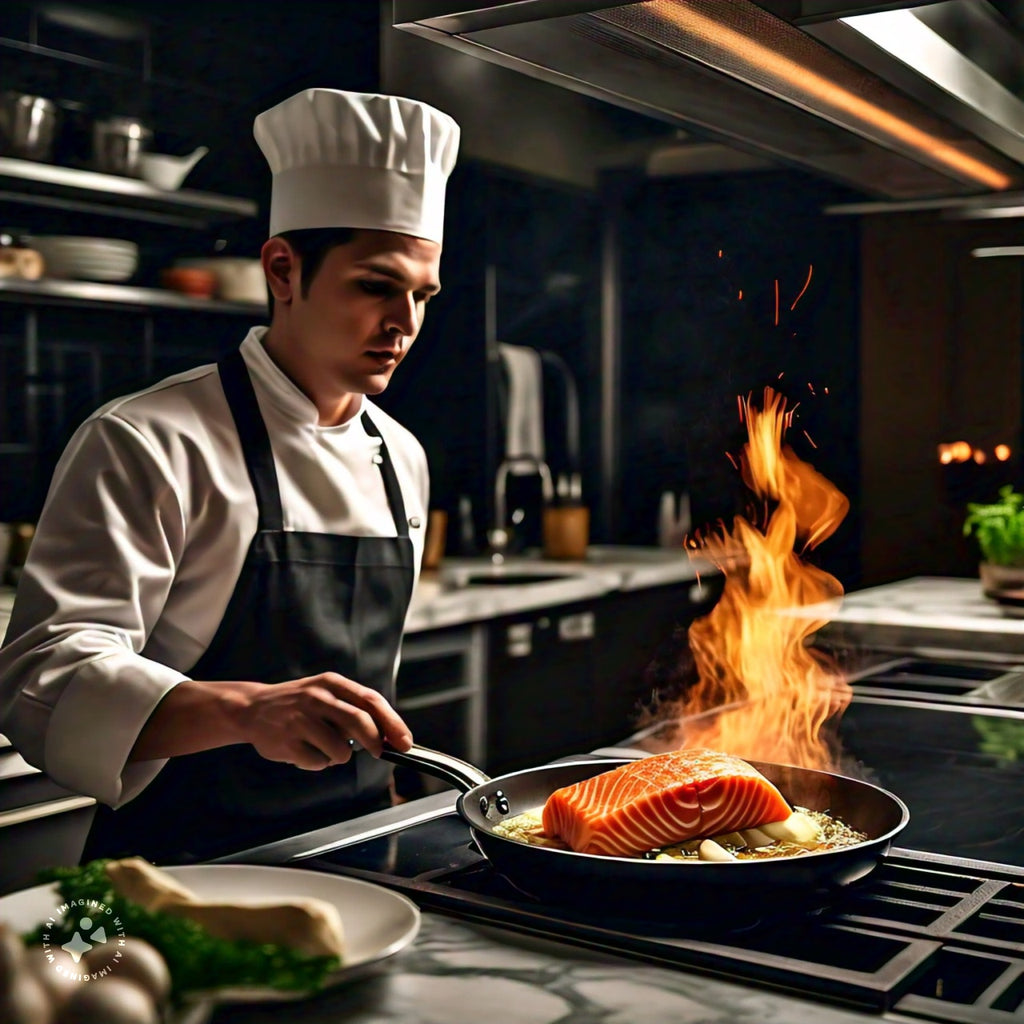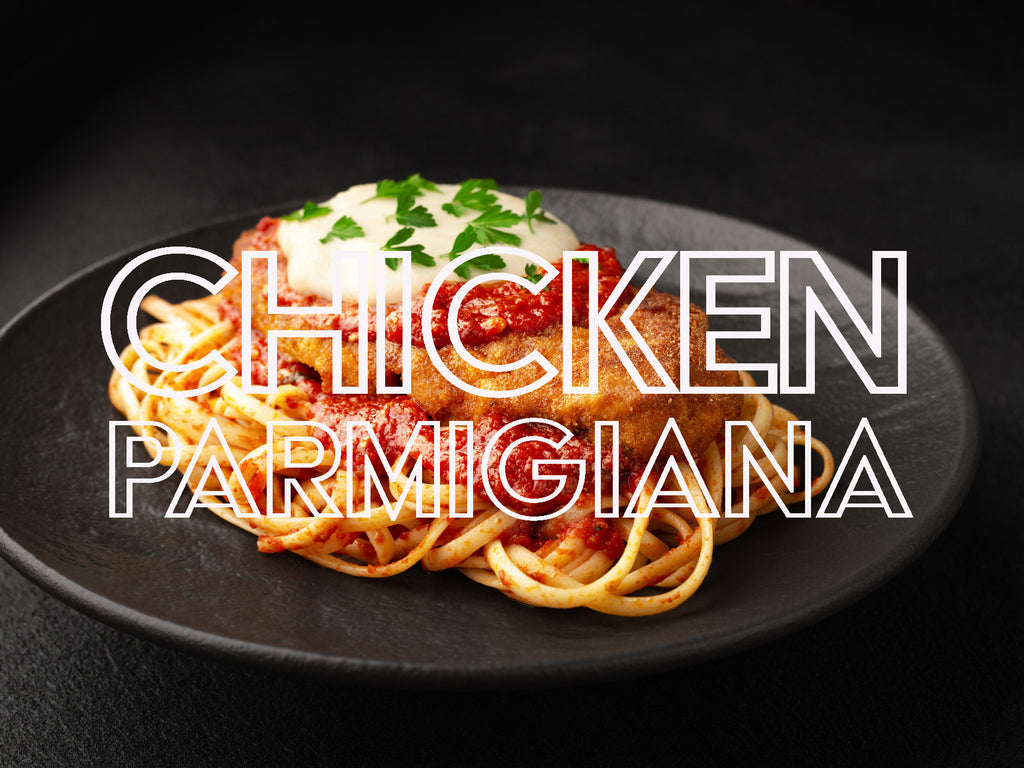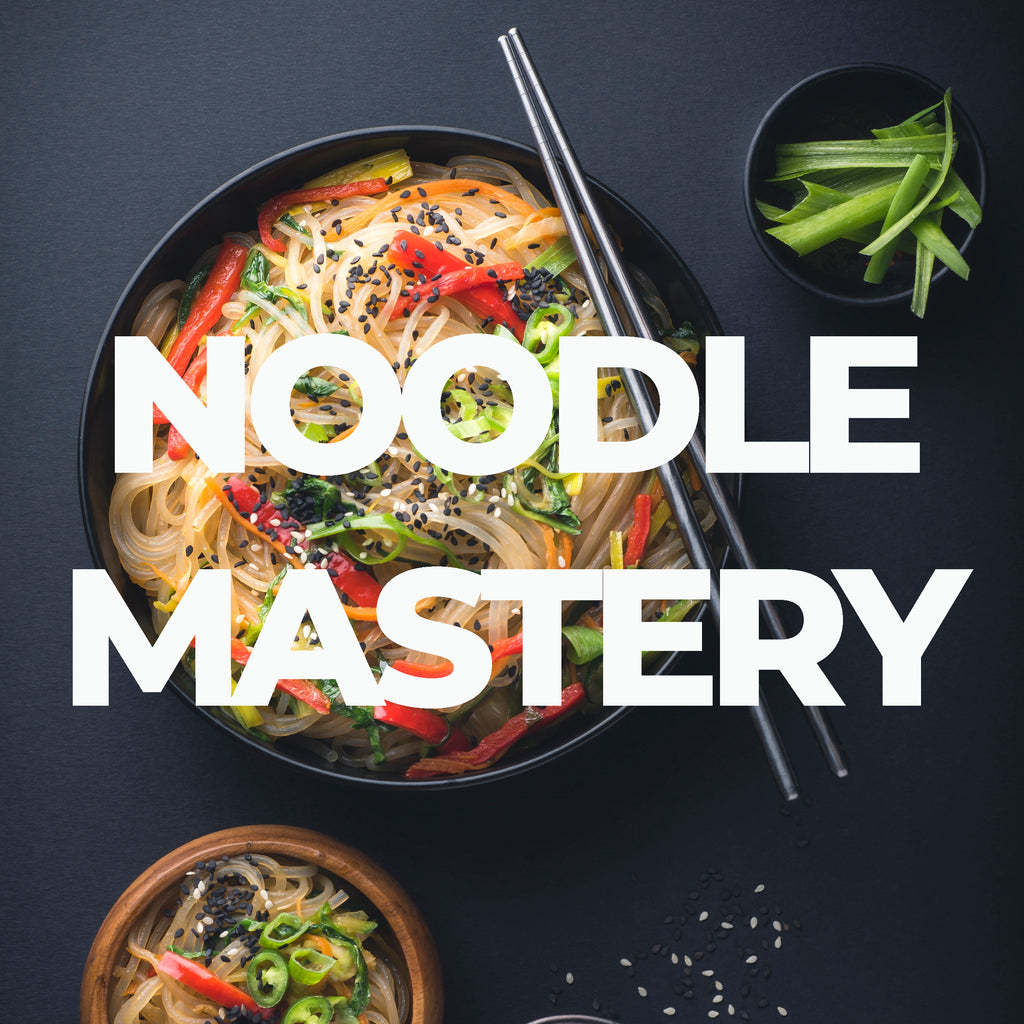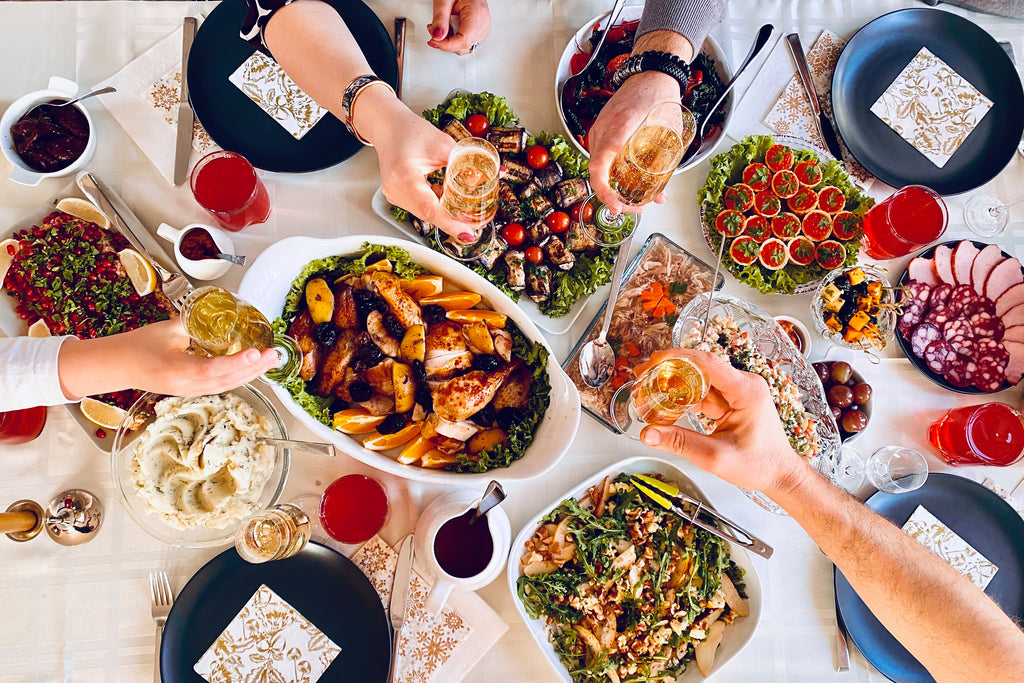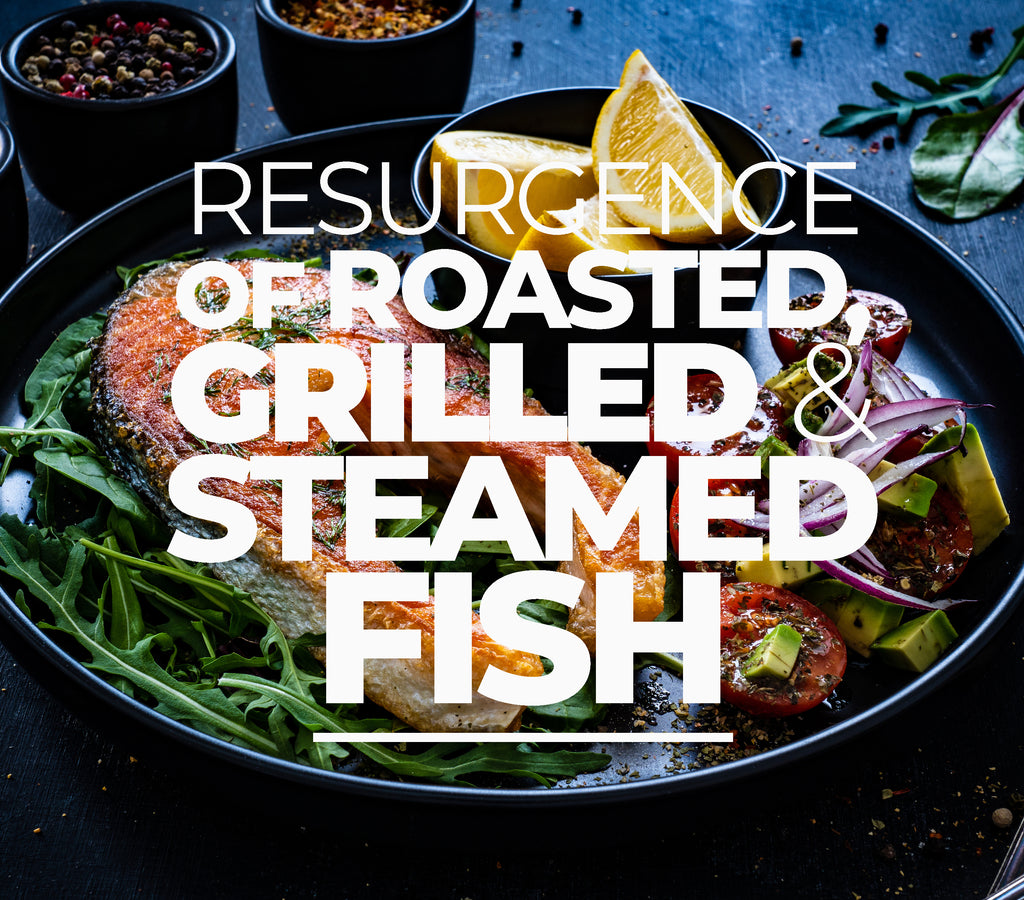Dare to Go Rare: Inside the World of Blue Steaks
- Feb 08, 2024
- 0 Comments
What Is a Blue Steak?
Craving tender steak with a hint of sear? Look no further than blue steak, cooked just enough to kiss the outside with heat while leaving the centre a vibrant red. This quick-cooked technique unlocks the meat's natural softness, making it a dream for those who love melt-in-your-mouth textures. Whether you're a butcher honing your craft or a restaurateur seeking new thrills, understanding the art of blue steak is essential.
How to Cook Blue Steak

For the grilling enthusiast seeking the ultimate steak experience, the blue steak beckons. Begin by tempering the steak to room temperature, allowing its flavours to bloom. Season generously, then sear it over high heat, just a minute per side.
Briefly kiss the edges for extra char. Aim for an internal temperature of 115-120°F, ensuring a beautifully seared exterior and a ruby red, nearly raw interior. After a brief rest to redistribute the juices, savour this unique delicacy. Remember, mastering this low-and-fast cooking technique takes practice, so embrace the journey and enjoy the process!
Blue Steak vs Rare
Think rare is the pinkest you can go? Think again! While rare steaks hold a special place in many hearts (and stomachs), an even less cooked option exists: the blue steak. Let's delve into the differences and see which might tantalise your taste buds.
Blue steaks, also known as "extra rare," are kissed by heat on the outside, leaving the inside practically raw. Imagine a sea with a cool, crimson centre. This results in a meltingly soft texture and a stronger beef flavour. However, be aware that this doneness increases the risk of foodborne illness.
Rare steaks, on the other hand, offer a slightly warmer centre, reaching an internal temperature of 125–130 °F. They boast a delicate balance between cooked and uncooked, offering a tender bite with a subtle beef taste.

Who should choose which? If you prioritise intense beef flavour and extreme tenderness and are comfortable with the risks, blue might be your match. However, if you prefer a warmer experience, a tamed beefiness, and prioritise safety, rare is the safer (and arguably more popular) choice.
Ultimately, the best steak is the one that suits your preferences and comfort level. So, explore, experiment, and discover your perfect shade of delicious!
Is blue steak safe?
While blue rare steaks boast a quick sear that preserves their natural flavour and juiciness, some may understandably question their safety. The good news is that studies show harmful bacteria like E. coli primarily reside on the steak's exterior, which gets seared during cooking. However, it's crucial to recognise that even properly prepared blue steaks, often served below the recommended 140°F internal temperature, carry an inherent risk.
Therefore, in accordance with food safety guidelines, we kindly remind our valued customers that consuming raw or undercooked meats, poultry, seafood, shellfish, or eggs may increase your risk of foodborne illness. This disclaimer, while seemingly cautious, ensures transparency and empowers you to make informed choices based on your individual preferences and risk tolerance.
Enjoying Rare Steak Safely: Black and Blue or Blue?
While many enjoy the taste of a rare steak, it's crucial to prioritise food safety. Here's a guide to safely preparing and understanding blue, black, and blue steaks:
- Safety First: Consuming blue steaks carries more risk than well-cooked ones due to potential bacteria like E. coli. Ensure utmost hygiene:
- Cleanliness: Always meticulously sanitise surfaces, utensils (like tongs), and your hands before and after handling raw meat.
- Searing: The entire outside of the steak must be seared at high heat to eliminate harmful bacteria. This doesn't guarantee complete elimination, so proceed with caution.
- Flavourful Contrast: Similar to blue steak, the inside remains rare and red. However, the exterior is charred for a unique flavour combination.
- Historical Twist: This is another term for a black and blue steak. The name "Pittsburgh" harks back to the industrial era when steel mill workers cooked steaks quickly on hot factory equipment, resulting in charred exteriors and rare centres.
- Open Flame & High Heat: Ditch the cast-iron skillet and opt for an open-flame grill at its highest setting.
- Fat for Charring: Use steak fat trimmings or butter on the steak's exterior to enhance charring and raise the grill's temperature.
-
Cooking Time: Sear each side for 1-2 minutes, aiming for an internal temperature of 115–120°F (46–49°C) for a rare centre.
Remember: Consuming rare steaks, including black and blue, carries inherent risks. Ensure you understand these risks and proceed with caution. Consider discussing it with your doctor if you have any health concerns.
Best Cuts for Blue Steak
Cooking a steak unlocks its delicious fat, but with a blue steak, the spotlight shines on its pure meaty flavour. Since it's cooked minimalistically, opting for lean cuts ensures a satisfying experience. Here are some top contenders:
- Tenderloin: The quintessential cut for tenderness, the tenderloin from the cow's loin boasts minimal fat and exceptional juiciness. It practically begs for a quick sear to become a blue steak masterpiece.
- Flat Iron: Once considered a "butler steak," the flat iron has risen to fame for its impressive tenderness. This shoulder cut, expertly trimmed of connective tissue, offers big flavor without excessive marbling.
- Sirloin Tip: While not as melt-in-your-mouth as the others, the sirloin tip from the cow's rear leg delivers robust flavour thanks to its lightly used muscles. The lean nature makes it a great blue steak candidate.
- Remember, quality is key. Choose well-marbled cuts within these lean options for optimal flavour.
- Talk to your butcher! They can recommend the perfect cut based on your preferences and available options.
-
Searing is crucial for a blue steak. Get your pan scorching hot for a quick sear on both sides, locking in juices and creating a delicious crust.
This rarest cut, cooked just a whisper past raw, offers an intense burst of flavour and unparalleled tenderness, attracting adventurous diners and steak aficionados alike. Mastering the art of its preparation not only sets your establishment apart but also unlocks a lucrative niche within the steakhouse community. By understanding the intricacies of searing techniques and highlighting the unique serving style, you can transform a simple dish into an unforgettable dining experience.

Offer it alongside complementary sides and sauces, and you'll have created a signature menu item that speaks volumes about your commitment to culinary excellence. Remember, in this competitive landscape, differentiation is key. Embrace the sizzle of blue steak and watch your reputation as a haven for the truly discerning meat-lover skyrocket.
Contact us at 02 4228 0100 or visit us at www.icegroup.com.au
► Follow ICEGroup Hospitality on social media
FACEBOOK // https://lnkd.in/gKEVT7vS...
INSTAGRAM // https://lnkd.in/g7_rDUJ8|
TWITTER // https://lnkd.in/g2aT6miz





